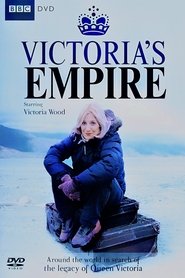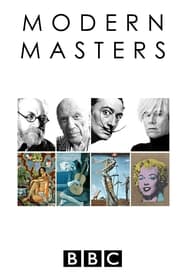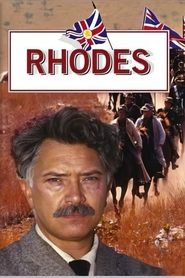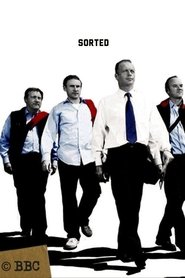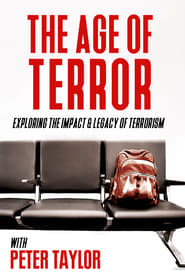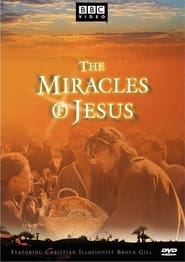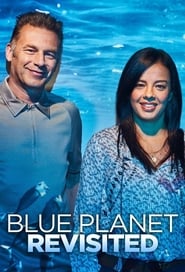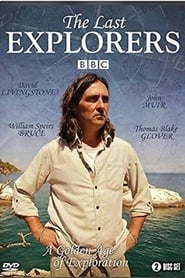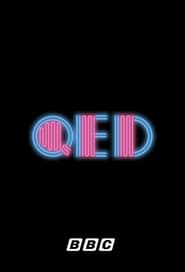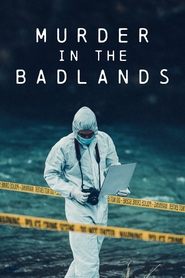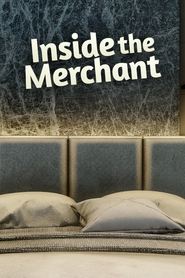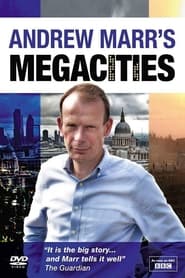Bbc One TV Series - Page 95
-
I Fought the Law
2003
I Fought the Law
2003
-
Victoria's Empire
2007
Victoria's Empire
2007
Victoria's Empire is a three-part British travel series that was first broadcast on BBC One in 2007. It was fronted by comedienne and actress Victoria Wood. Wood travelled around the world in search of the history, cultural impact and customs which the British Empire placed on the parts of the world it ruled. The documentary was called Victoria's Empire after the presenter, as Wood herself is named after the ruler of the British Empire, Queen Victoria. Wood specifically looked at places named after the monarch. In total Wood visited nine countries: She departed from London Victoria station for: ⁕Programme One: Calcutta, Hong Kong and Borneo ⁕Programme Two: Ghana, Jamaica and Newfoundland, Canada ⁕Programme Three: New Zealand, Australia and Zambia, finishing at the Victoria Falls. -
Modern Masters
2010
Modern Masters
2010
-
Rhodes
1996
Rhodes
1996
Martin Shaw stars as Cecil Rhodes, the man whose controversial career included the creation of de Beers, the addition of nearly one million square miles to the Britain's African Empire, and had given his name to a country (Rhodesia, now Zimbabwe) larger than most of Europe. Martin Shaw's son plays the younger Rhodes and other cast members include Neil Pearson, Frances Barber and Ken Stott. -
Sorted
2006
star 8.3Comedy drama about the lives of six Manchester postmen. Friends and workmates, they share each other's lives in and out of the sorting office. -
The Age Of Terror
2008
The Age Of Terror
2008
Peter Taylor explores the impact and legacy of four major acts of terror from the last 30 years -
Scrappers
2014
Scrappers
2014
Follow straight-talking Terry and glamorous Lyndsay, who run a multi-million-pound scrap empire from Bolton's Metro Salvage, the biggest scrap metal yard in the north west of England. -
The Miracles of Jesus
2006
Rageh Omaar bring the miracles of Jesus to life. He looks at the most remarkable miracle of all, the resurrection, and asks why it became the pillar of the Christian faith. -
The Last Explorers
2011
The Last Explorers
2011
Archaeologist and writer Neil Oliver presents a series on the golden age of exploration, charting the routes of contact that drew together the farthest reaches of the world. Neil Oliver follows in the footsteps of four Scottish explorers who planted ideas rather than flags - ideas that shaped the modern world we know today. -
Gold Fever
2000
Gold Fever
2000
Gold Fever was the name of a BBC documentary, shown in August 2000, which followed Steve Redgrave and his British rowing coxless four teammates Matthew Pinsent, Tim Foster and James Cracknell in the years leading up to the Sydney Olympics, where Redgrave was looking to claim his fifth consecutive gold medal. The 3-part series included video diaries recording the highs and lows in the quest for gold. Among these were Redgrave being diagnosed with diabetes, and Foster possibly losing his spot on the team after injuring his hand punching a window at a party, and later undergoing back surgery that required additional months of recovery time. Coach Jurgen Grobler was also featured in the programme. A follow-up documentary programme entitled The Rowers Return was produced in the aftermath of the Sydney Olympics. The title was part-reference to a fictional public house, The Rovers Return, a venue in the long-running British soap opera Coronation Street. The documentary detailed the crew's return to the UK and completed t -
Q.E.D
1982
star 6Q.E.D. (quod erat demonstrandum, Latin for "that which was to be demonstrated") was the name of a series of BBC popular science documentary films which aired in the United Kingdom from 1982 to 1999. Running in a half-hour peak-time slot on the BBC's primary mass-audience channel BBC1, the series had a more populist and general interest agenda than the long-running Horizon series which aired on the more specialist channel BBC2. Horizon could often be difficult for a scientific novice, requiring a modicum of background knowledge beyond the reaches of many viewers, so Q.E.D. was a more approachable way of introducing scientific stories. -
Murder in the Badlands
2022
star 6Examines the stories behind the unsolved murders of four women across four decades in Northern Ireland. -
Inside the Merchant
2016
Inside the Merchant
2016
Documentary series which goes behind the scenes of the five-star Merchant Hotel in the centre of Belfast -
Living Next Door to Putin
2023
Katya Adler explores how life is changing for people living on Russia’s border and the consequences of Putin’s war on the west. -
SAS: Catching the Criminals
2024
Ex-SAS leader Billy Billingham takes viewers on an immersive journey that looks at how police and enforcement teams are increasingly using military and SAS tactics to catch criminals. -
Fabian of the Yard
1954
Fabian of the Yard
1954
Fabian of the Yard is a British police procedural television series based on the real-life memoirs of Scotland Yard detective Robert Fabian, made by the BBC and broadcast between November 1954 and February 1956. It is considered the earliest plice procedural to be made for British TV, sharing many points of commonality with the U.S. series Dragnet which had gone on air in 1951. There were 36 episodes in total, of 30 minutes each. The first 30 were broadcast consecutively on Saturday evenings between 13 November 1954 and 22 June 1955, with the exceptions of Christmas Day and New Year's Day which happened to fall on a Saturday. For unknown reasons, the final six episodes were held back, and were later broadcast intermittently between November 1955 and February 1956. The series was later broadcast in the U.S. under the name Fabian of Scotland Yard. -
Coming Home
2005
-
Amazon Abyss
2005
Amazon Abyss
2005
Series following the high adrenaline adventures of a team of divers as they explore and film the depths of the world's greatest river system. -
Andrew Marr's Megacities
2011
Documentary series in which Andrew Marr finds out how some of the world's biggest cities feed, protect and move their citizens.

